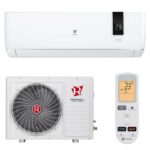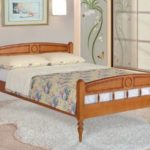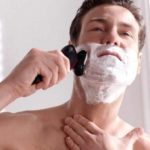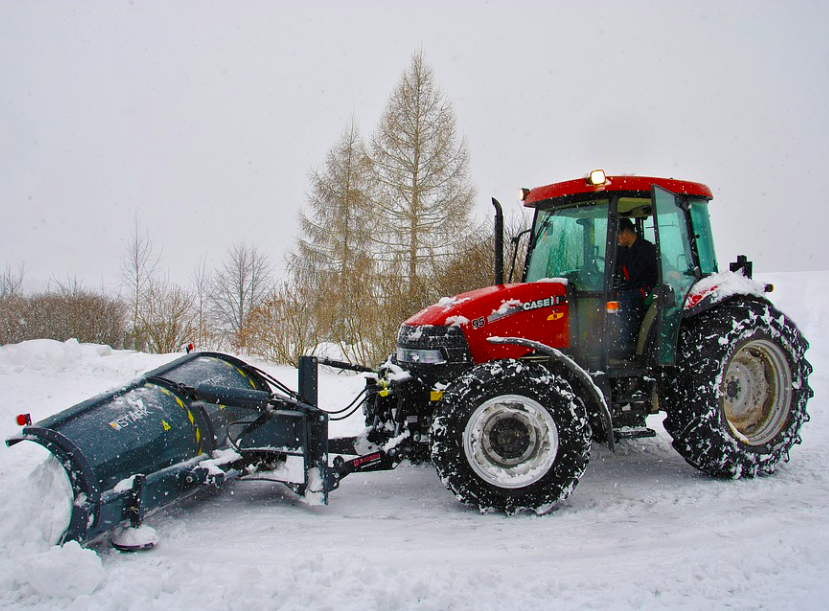What is the name of a nozzle pump for babies? How to use the device?

Do you know the name of the thing that sucks snot out of babies? Do you want to buy a nozzle ejector, but don’t know which one is best? Reading further, you will learn the correct name of a device for suctioning snot in infants, types of nozzle ejectors, the principle of operation of nozzle ejectors, how to use a nozzle ejector, recommendations for use.
The content of the article
What is the name of a nozzle pump for babies? Are they dangerous?
A device for suctioning snot from infants is called an aspirator. There are several types of aspirators, which differ in their design, suction method, purpose, and power. But all aspirators are structures, part of which is inserted into the baby’s nose. Usually the working part is equipped with tips so that the user does not insert the device too deeply. Liquid snot is sucked out of the child through a hole in the working part.
Aspirators for infants are safe. They do not create a lot of pressure, which can harm the child, so they only suck out liquid snot. A nozzle ejector can harm a child only if the user inserts the device too deeply (modern models are equipped with restrictive tips), or if the suction is too intense/fast.
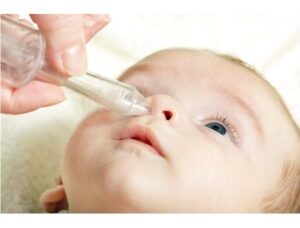
Types of nozzle ejectors and their operating principles
There are four types of aspirators:
- Syringes. They resemble regular enema bulbs.The syringe is squeezed, blowing all the air out of it, the tip of the aspirator is inserted into the baby’s nostril and slowly released. The syringe inside expands and draws in liquid. The advantage of such devices is that the user himself regulates how intensely the snot is sucked out.
- Tubular/mechanical. Essentially, it is a nozzle that is inserted into the nose and a hose/tube. At the other end of the tube there is an attachment for the mouth of an adult. The user independently sucks out the child's snot. Some models are equipped with additional tubes/containers for snot so that it does not get into the person’s mouth. Another plus is that you can independently regulate the intensity of suction.
- Electrical. These models are one-piece cans with an attachment for the baby's nostril. Inside the cans there is a motor that pumps air/snot, and a container for liquid. The device's nozzle is inserted into the baby's nose, and the motor pumps air, sucking snot into a special reservoir. Such devices are powered by batteries or rechargeable batteries. Some models are equipped with motor power regulators. The advantages of such devices are their cleanliness, efficiency and convenience. Disadvantages: the motor is noisy, they are more expensive than previous models, and they dry out the baby’s mucous membranes.
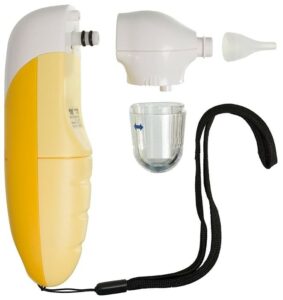
- Vacuum. Vacuum aspirators are represented by attachments for vacuum cleaners and professional equipment. They are rare. They make a lot of noise and dry out the mucous membranes.
Recommendations for using aspirators:
- Wash/disinfect the device before use.
- Use Aqua Maris, Salin, or any other spray to thin your child’s snot.
- Insert the nozzle into the baby's nostril until it reaches the stops on the nozzle. Close the other nostril with your finger.Do not insert deeply to avoid damaging the baby's nose.
- Suck out snot more than three times a day. The duration of one procedure is no more than 5 minutes.
- Rinse and disinfect the device after use.
- After the procedure, especially after electric and vacuum models, the mucous membranes of children dry out. Use special solutions to restore it.
- Do not use disposable attachments multiple times.
- If the snot is thick or too deep, do not try to get it out.

